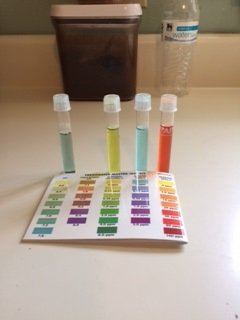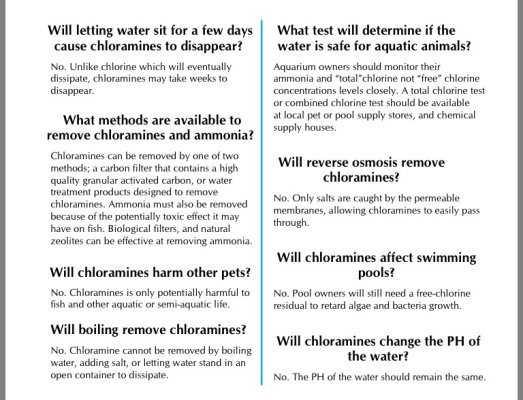I see your dilemma, but this is just a short bump in the road. Someone may need to help me out with the biology of this, but here goes: Nitrosomonas bacteria (family name, just too many species to name) convert Ammonia to Nitrites, the Nitrobacter bacteria "fix" the nitrites to nitrates. After that you either change the water to reduce the nitrates or have enough plants to take in the nitrates to be used for their biological processes. The problem you are running in to is the natural negative feedback loop that is created by the nitrates. When the excess nitrates are not removed from the system, the Nitrosomonas bacteria begin to die, thus slowing the first step. These bacteria are actually rather fragile. They are flagellated, if I remember correctly, photophobic (dislike the light) and reproduce rather slowly. Nitrates inhibit their reproductive process. This is why ecosystems are actually quite fragile. Bottom line is: To get your pristine conditions, you need to remove the nitrates. Either hope your plants catch up, which can take quite a while, or start changing out the water to reduce your nitrates. Just don't forget you still need an ammonia source for the Nitrosomonas. I hope this helps somehow.


